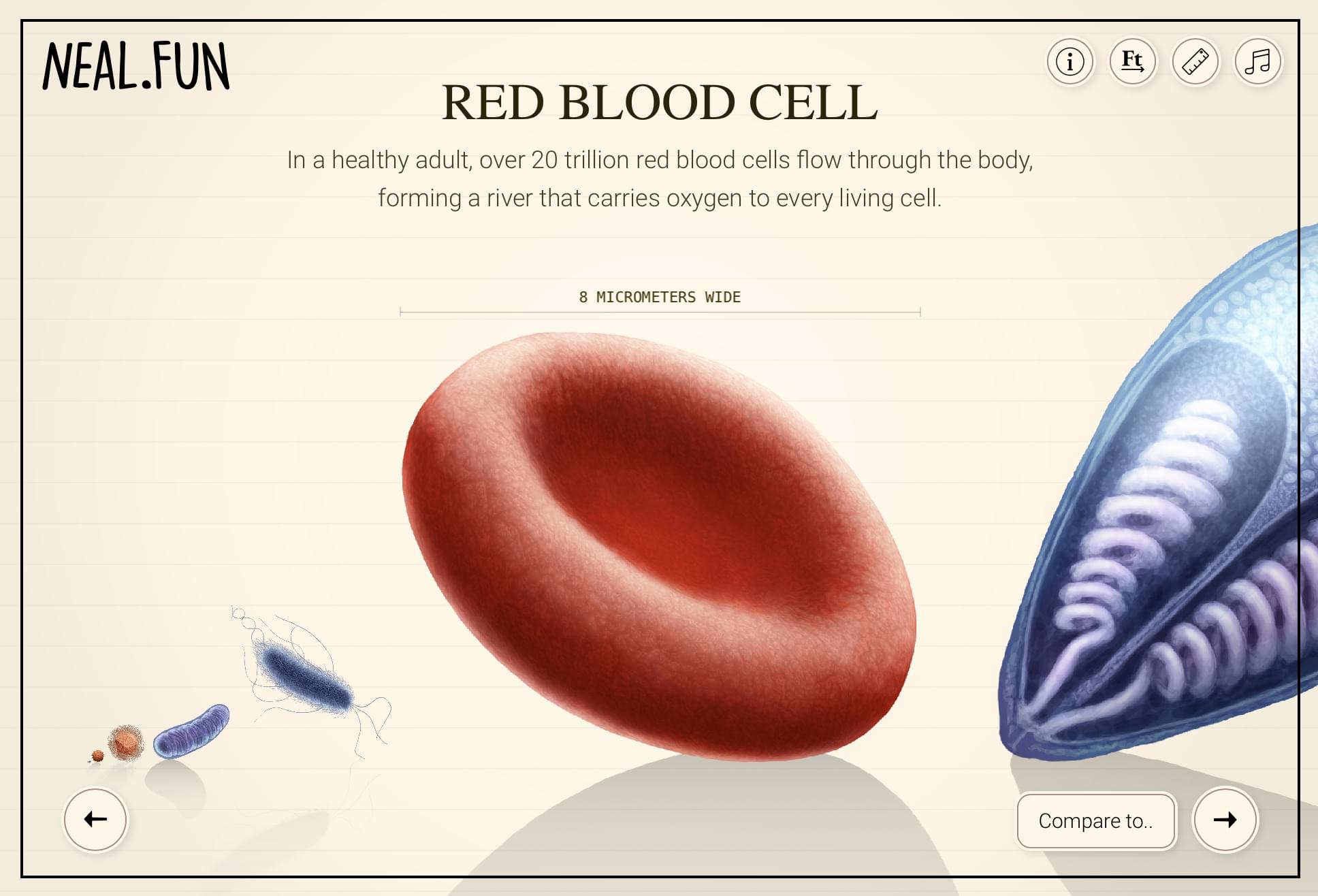Get GameMaker (for free): https://opr.as/GM-MattBatWings2
JOIN THE ARCHIVE SERVER HERE!!
https://discord.gg/r7FmnacNas.
https://discord.gg/r7FmnacNas.
Patreon: https://www.patreon.com/mattbatwings.
My socials: https://linktr.ee/mattbatwings.
My texture pack: https://modrinth.com/resourcepack/mattpack.
Want to get more involved in the logical redstone community?
Learn Logical Redstone! https://youtube.com/playlist?list=PL5LiOvrbVo8keeEWRZVaHfprU4zQTCsV4
Open Redstone Engineers (ORE): https://openredstone.org/
Music (in order):
LitKidBeats — GOOD VIBES https://youtu.be/WRBRA3ZZ1cM?si=r-2ikldhC-Op2oKq.
Lukrembo — Rose https://youtu.be/XIhyti2Qa74?si=Gsnn8ojJO40EyP_2
Lukrembo — Sunset https://youtu.be/gv7hcXCnjOw?si=GLePgnLRHvO4nIal.
Lukrembo — Afternoon https://youtu.be/tayfXQfFDZE?si=OEKMhcsVNtWmkVT0
Harris Heller — Call Me Daddy https://open.spotify.com/track/7G0KJtPB7nEqjwARGiHsQM
massobeats — aromatic https://youtu.be/vpgK_3TJI_A?si=0gqH7t4jhpN9iyA1
Harris Heller — The White Fox https://open.spotify.com/track/6DndosNZf2c5rIdJzA3fg1
Harris Heller — Trendy https://open.spotify.com/track/5Iyyvfv9vPW7duF3BFuGAh.
massobeats — rose water https://youtu.be/xakBzg5atsM?si=GaGq9pEbFmZeIe2L
Harris Heller — All the Right Moves https://open.spotify.com/track/4RSiie0I5lgEFSDxmahdU4
Haris Heller — Deepwater.
Lukrembo — Branch https://youtu.be/xPOy2pkImiU?si=mqKN2mdEMuc4CRCT
Harris Heller — Wrong But Not Right https://open.spotify.com/track/7igQSq0L0TmbM84N7lFCSI
MOST TRACKS CAN BE FOUND HERE — https://freetouse.com/music


